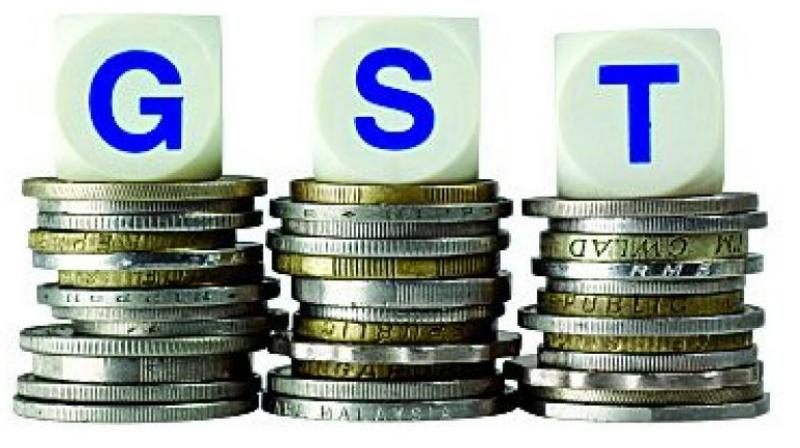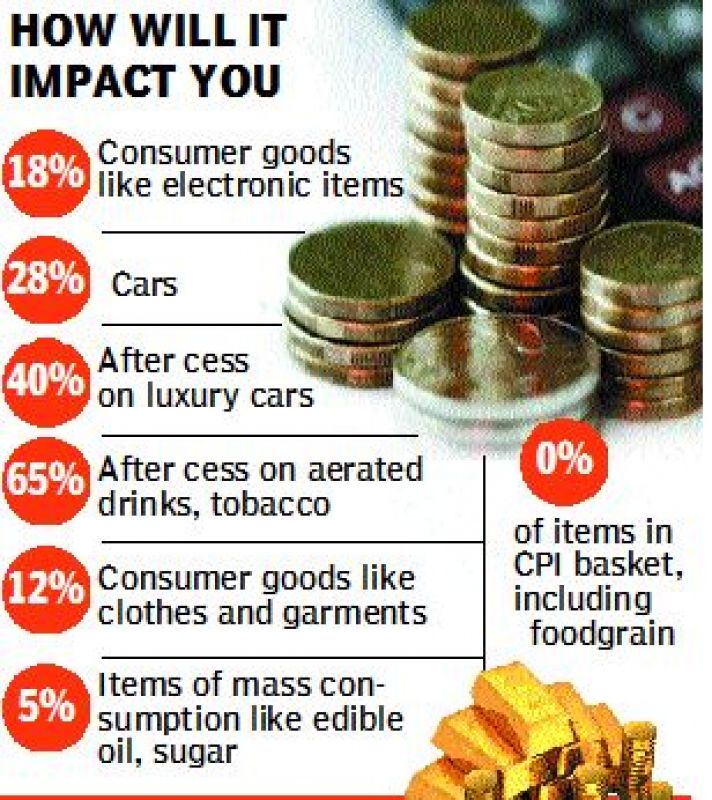Wrap-up: Four-tier GST rate structure finalised

The GST Council, a high-powered forum of the Centre and all state governments, on Thursday decided to fix a four-tier GST rate structure — of five per cent, 12 per cent, 18 per cent and 28 per cent — targeted for the rollout from April 1, 2017.
There will be zero tax on 50 per cent of items which are now part of the consumer price index (used to calculate retail inflation) basket, mostly food products, so that there is no inflationary impact on the common man.
“There will be zero tax on foodgrains used by the common man,” said Union finance minister Arun Jaitley, who is also chairman of the GST Council, after the meeting. How will it impact you
How will it impact you
Mr Jaitley said all finance ministers from the Congress-ruled states also backed these tax proposals “in one voice”.
On four demerit items — luxury cars, aerated drinks, pan masala and tobacco — that are now taxed at around 40-65 per cent, there will be an additional cess over and above the highest tax slab of GST of 28 per cent for a maximum of five years.
This will ensure that tax incidence on these items does not come down.
The money collected through the cess will be used by Centre to compensate states for any loss of revenue due to the GST rollout for five years.
A committee of secretaries will now evaluate each product and service to decide in which tax slab it should be put.
Mr Jaitley said most items of mass consumption by the common man would come under the lowest slab of five per cent GST.
He said 12 per cent and 18 per cent will be the standard rates under which most products and services will be taxed. The finance minister said that most “white goods”, which currently have an overall tax incidence of 30-31 per cent (including excise and VAT) will be taxed at 28 per cent under GST.
However, on Friday, for the second time in as many weeks, the Centre and states failed to reach a consensus on who will control which set of assessees under GST, a disagreement that threatens to derail the April 1 target for rollout of the new indirect tax regime.

